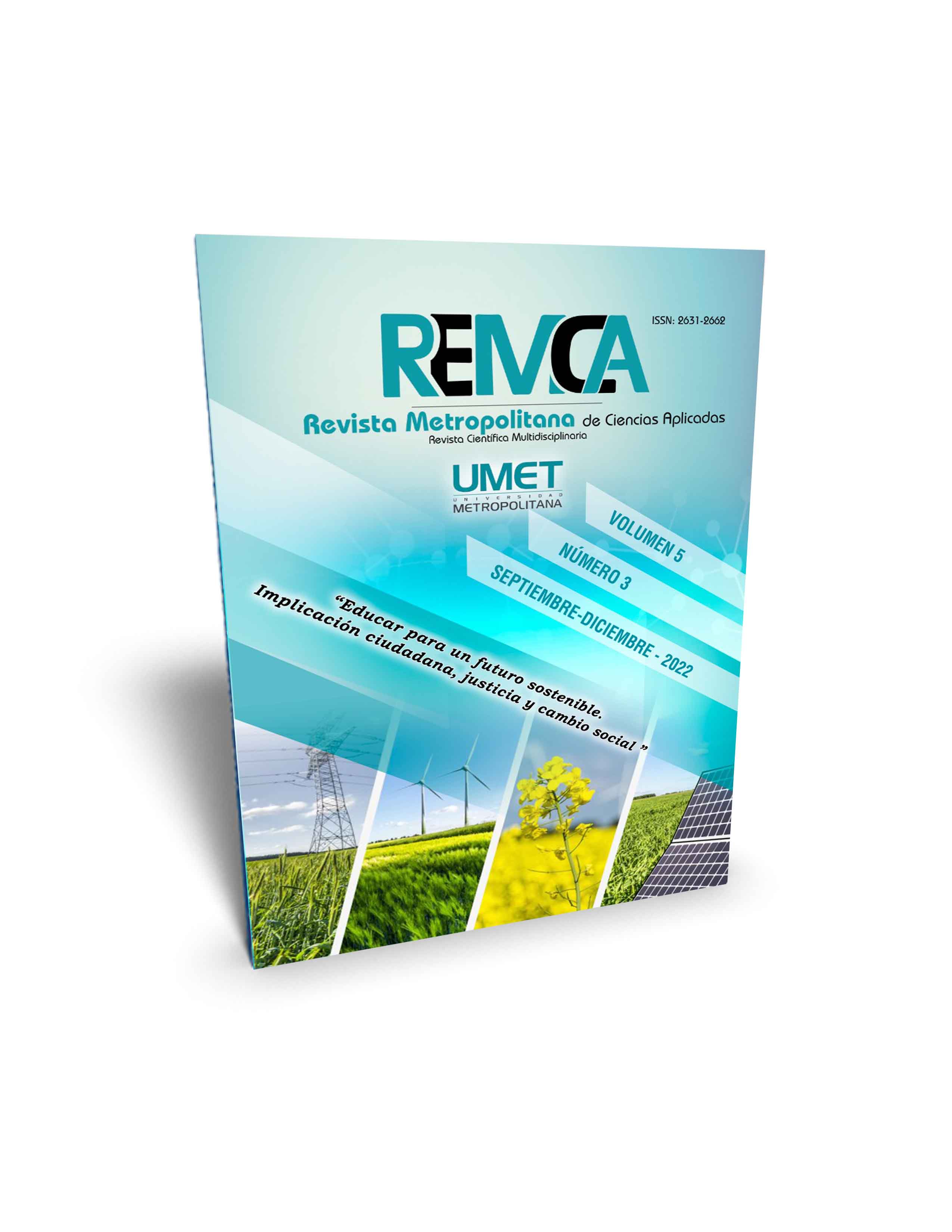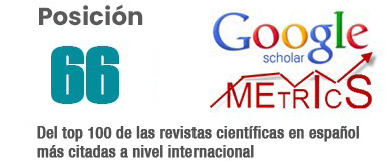The aggregation abstraction in database conceptual modeling. Considerations on its use in teaching
DOI:
https://doi.org/10.62452/6xppef18Keywords:
Conceptual modeling, Entity-Relationship model, abstractions, aggregationAbstract
Conceptual data models have been developed to capture the meaning of data using abstraction mechanisms such as association, generalization/specialization, categorization, and aggregation. The use of the aggregation construct in the various Entity-Relationship model notations has been limited because many of the existing notations do not support it. The same is currently the case with CASE tools (Computer Aided Software Engineering) for database design. The objective of this article is to highlight the semantic potential of aggregation and show how its use contributes to the semantic richness of conceptual schemes. This result can be applied in the teaching of conceptual modeling issues in subjects related to databases.
Downloads
References
Batini, C., Ceri, S., & Navathe, S. B. (1992). Conceptual Database Design: An Entity-Relationship Approach. Benjamin/Cummings.
Batini, C., Navathe, S. B., Ceri, S., Martín García, A. V., & Romero Ibancos, D. (2004). Diseño Conceptual de Bases de Datos: Un enfoque de entidades-interrelaciones. Addison-Wesley/Diaz de Santos.
Chen, P. (1976). The entity-relationship model: Toward a unified view of data. ACM Transactions on Database Systems, 1(1), 9-36.
Chen, P. P. (2006). Suggested Research Directions for a New Frontier – Active Conceptual Modeling. ER 2006. Springer.
Combi, C., Degani, S., & Jensen, C. S. (2008). Capturing Temporal Constraints in Temporal ER Models. ER 2008. Springer.
Czejdo, B., Elmasri, R., Rusinklewicz, M., & Embley, D. (1990). A graphical data manipulation language for an extended entity-relationship model. IEEE Computer, 23(3), 26-35.
Date, C. J. (2001). Introducción a los Sistemas de Bases de Datos (7ma ed.). Pearson Educación.
Dey, D., Storey, V. C., & Barron, T. M. (1999). Improving Database Design through the Analysis of Relationships. ACM Transactions on Database Systems, 24(4), 453-483.
Elmasri, R., & Navathe, S. B. (2004). Fundamentals of Database Systems (4th ed.). Pearson Addison-Wesley.
Elmasri, R., & Navathe, S. B. (2007). Fundamentos de Sistemas de Bases de Datos (5ta ed.). Pearson Educación S.A.
Elmasri, R., Weeldreyer, J., & Hevner, A. (1985). The Category Concept: An Extension to the Entity-Relationship Model. Data & Knowledge Engineering, 1(1), 75-116.
García González, C. E. (2010). Enfoque sistémico a la modelación de datos, base para el desarrollo de una herramienta CASE. (Tesis doctoral). Universidad Central "Marta Abreu" de Las Villas.
García González, C. E., González González, L. M., Rodríguez Morffi, A., & López Porrero, B. E. (2017). Modelación de datos. Un enfoque sistémico. Universo Sur.
Guizzardi, G., Herre, H., & Wagner, G. (2002). On the General Ontological Foundations of Conceptual Modeling. ER 2002. Springer.
Hohenstein, U., & Gogolla, M. (1988). A calculus for an extended entity-relationship model incorporating arbitrary data operations and aggegate funtions. ER 1988. Springer.
Korth, H. F., Silberschatz, A., & Sudarshan, S. (1997). Database System Concepts (3rd Ed. ed.). McGraw-Hill.
Markowitz, V., & Shoshani, A. (1992). Representing extended entity-relationship structures in relational databases: A modular approach. ACM Transactions On Database Systems, 17(3), 423-464.
Object Management Group. (2017). Unified Modeling Language (formal/2017-12-05). https://www.omg.org/spec/UML/2.5.1/About-UML/
Ponniah, P. (2008). Database Design and Development: A Practical Guide for IT Professionals (1st ed.). Wiley-Interscience.
Smith, J., & Smith, D. (1977). Database abstractions: Aggregation and generalization. ACM Transactions On Database Systems, 2(2), 105-133.
Teorey, T. (1999). Database Modeling & Design (3rd ed.). Morgan Kaufmann Publishers.
Teorey, T., Yang, D., & Fry, J. (1986). A logical design methodology for relational databases using the extended E-R model. ACM Computing Surveys, 18(2), 197-222.
Thalheim, B. (2000). Entity-Relationship Modeling. Foundations of Database Technology. Springer-Verlag.
Downloads
Published
Issue
Section
License
Copyright (c) 2022 Carlos Ernesto García González (Autor/a)

This work is licensed under a Creative Commons Attribution-NonCommercial-ShareAlike 4.0 International License.
Authors who publish in Revista Metropolitana de Ciencias Aplicadas (REMCA), agree to the following terms:
1. Copyright
Authors retain unrestricted copyright to their work. Authors grant the journal the right of first publication. To this end, they assign the journal non-exclusive exploitation rights (reproduction, distribution, public communication, and transformation). Authors may enter into additional agreements for the non-exclusive distribution of the version of the work published in the journal, provided that acknowledgment of its initial publication in this journal is given.
© The authors.
2. License
The articles are published in the journal under the Creative Commons Attribution-NonCommercial-ShareAlike 4.0 International License (CC BY-NC-SA 4.0). The terms can be found at: https://creativecommons.org/licenses/by-nc-sa/4.0/deed.en
This license allows:
- Sharing: Copying and redistributing the material in any medium or format.
- Adapting: Remixing, transforming, and building upon the material.
Under the following terms:
- Attribution: You must give appropriate credit, provide a link to the license, and indicate if any changes were made. You may do this in any reasonable manner, but not in any way that suggests the licensor endorses or sponsors your use.
- NonCommercial: You may not use the material for commercial purposes.
- ShareAlike: If you remix, transform, or build upon the material, you must distribute your creation under the same license as the original work.
There are no additional restrictions. You may not apply legal terms or technological measures that legally restrict others from doing anything the license permits.




